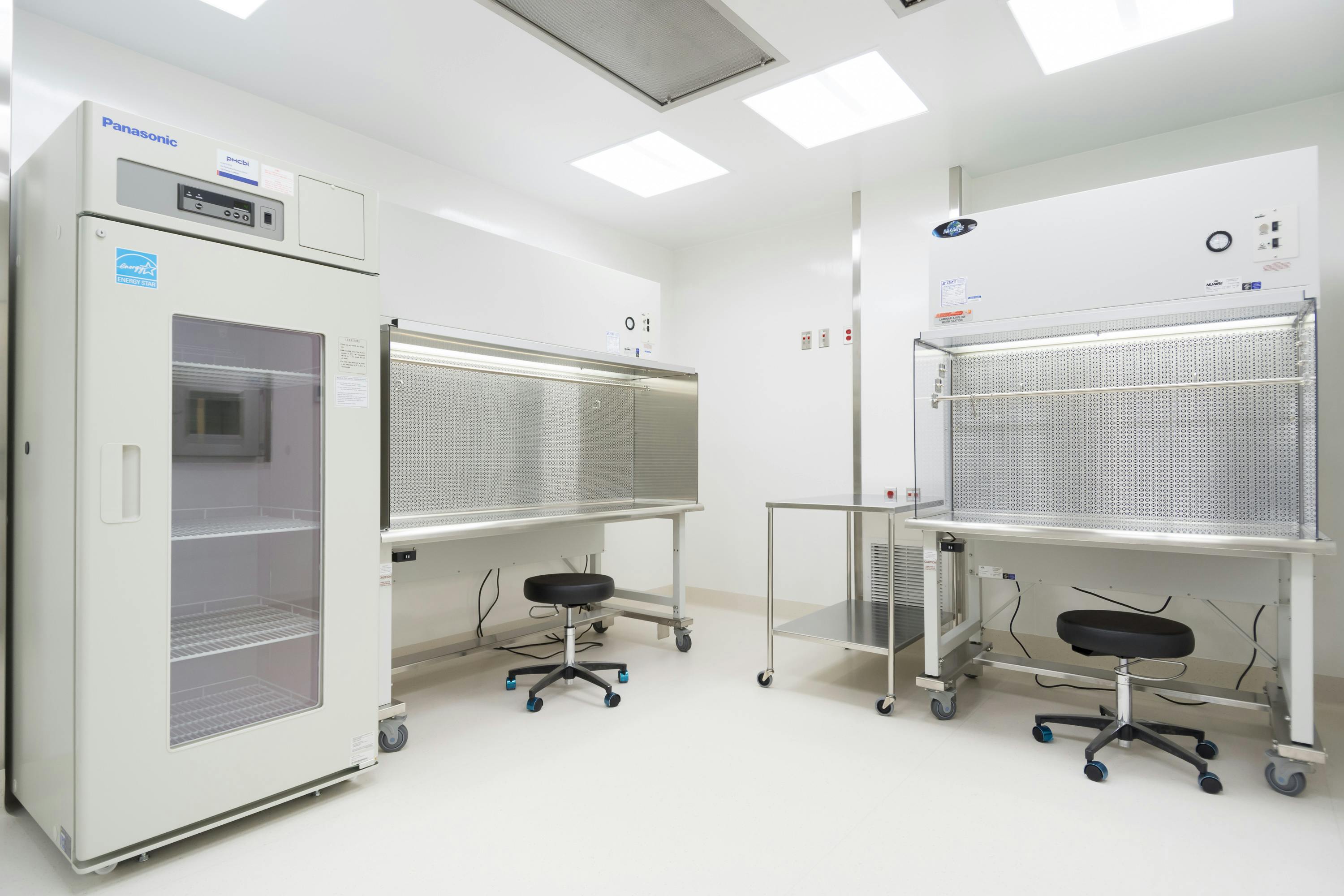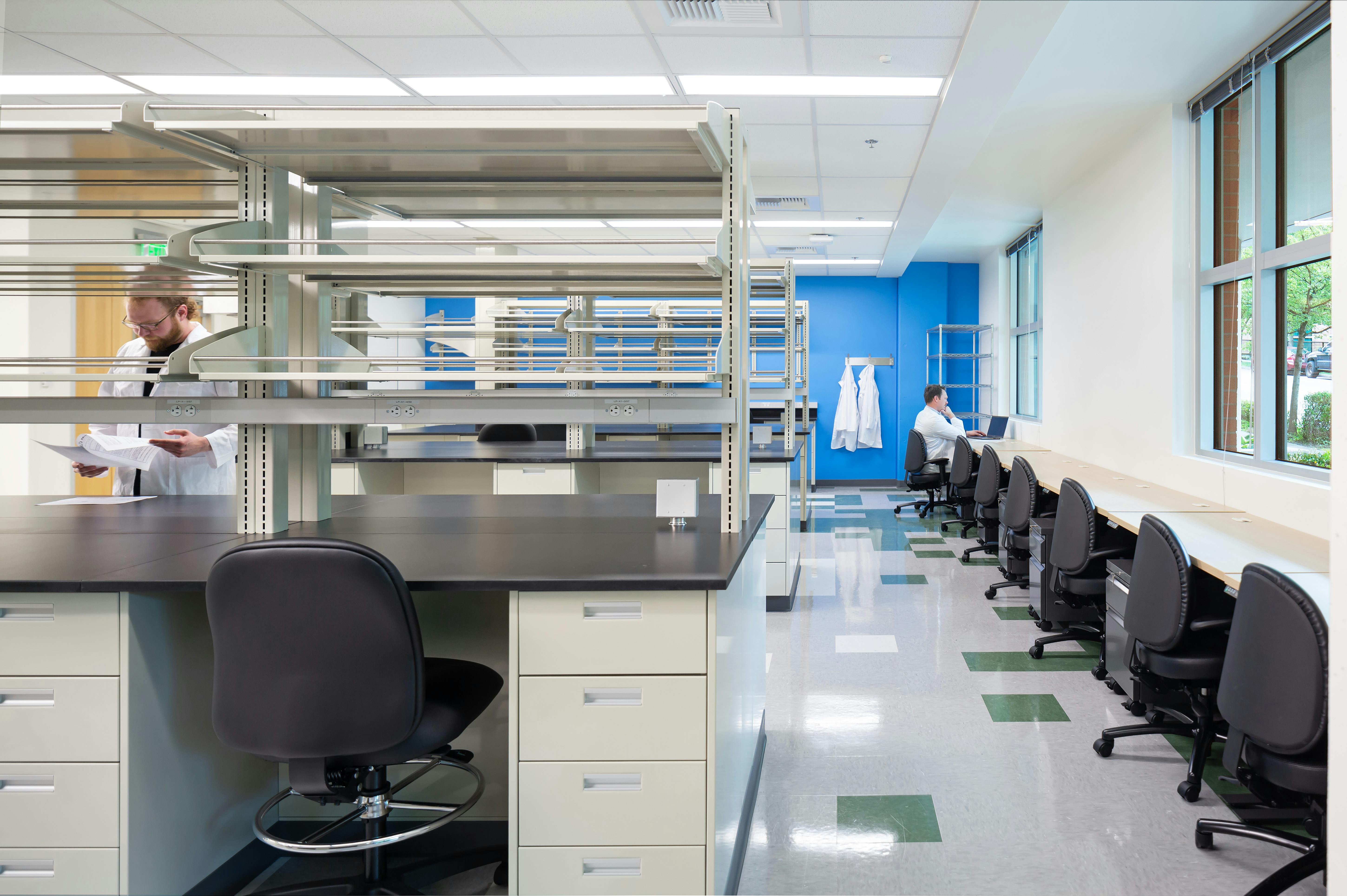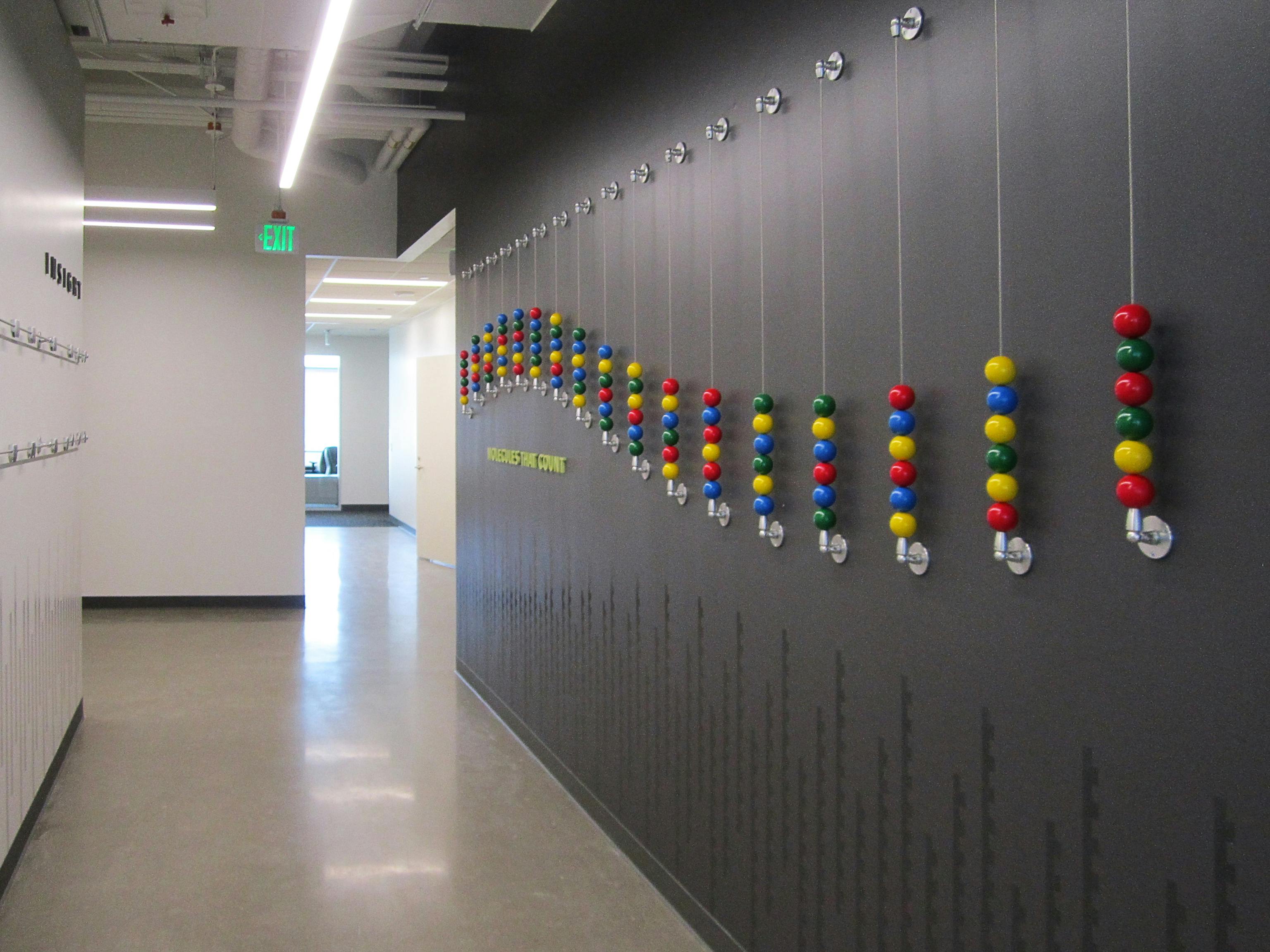Medical Device Manufacturing Campus Predesign
Dexcom
Teaming up with ARUP, SABA performed a ground-up re-analysis of a multi-building campus with an enormous footprint and the associated program. In a dead-sprint effort to maintain deadlines, the design team lead the client through an extensive overhaul of all programmatic elements with rigorous documentation of potential downstream expenses and materials escalations. SABA’s involvement in the project extended to the end of the predesign phases at which point a local design and construction team took on final design and budget considerations.
Head Building
Located on the south side of an industrial campus in Penang, Malaysia, the Head Building incorporates spaces for offices, meeting and conference rooms, locker room, engineering labs, and various amenities such as a cafeteria with kitchen services, a large dividable auditorium space, an occupiable terrace, a coffee shop, a convenience store, and a fitness center.
Architecturally, the building is broken down into two main wings including a 5-storey square-shape volume which houses main headquarter programs and a 4-storey trapezoidal-form enclosure which is dedicated primarily to employee amenities. These two components are linked by a long and narrow 4-storey atrium space capped by two sloped skylights which let a generous amount of daylight in. The daylight is also captured through fully glazed south and north facades of the entire complex.
The glass facades of the Head Building are articulated by monumental and deep overhangs (brows) that frame around the upper levels of the east and west wings. These brows offset the direct heat gain through glass surfaces in the hot tropical climate of Penang. Visually, the dynamic layout of the brows in contrast with the simple expression of the glass façade as well as in combination with the extra-large company branding signage create a statement building that is about corporate impression, material balance, and visual interaction.
Manufacturing Buildings
Centrally located in an industrial campus in Penang, Malaysia, the three manufacturing buildings (CERs) run east-west with a material highway (spine) on the north side and a conditioned glass linkway overlooking a central courtyard to the south. Each building consists of three stories including a 7.2 m high kitting space and engineering labs at ground level; a 7.2 m high column-free controlled environment room (CER) at second level with additional lab/engineering spaces; and a large mechanical room at third level along with other building services. The buildings also accommodate supporting programs such as gowning rooms, prayer rooms, general purpose rooms, offices and conference rooms.
In addition to the EW connectors, each building incorporates a higher roof expressing a volume running N-S containing circulation and mechanical space, called the Sentinel, that intersects with the material highway. These building elements create a compositional factory setting that is all about programmatic performance, connectivity, and dynamism. The dynamism is also pronounced through exterior surfaces and cladding with the use of contrasting metal panels, varying roof slopes, large communicative signage, and glazed areas at linkway.
Site/Campus Development
The central green space bound by the manufacturing buildings on the north and headquarter building on the south is governed by two angled pedestrian skybridges at the second level that connect the two buildings. Large-scale steel supports resembling chopsticks support the glass skybridges creating covered paved areas underneath at ground level for circulation as well as for outdoor seating areas. The rest of the courtyard features turf ground cover, wood deck areas, and trees.
The design of the security guard stations utilizes recurring features of the campus composted at a more human scale. A balanced combination of surface materials including glass, wood, and aluminum panels with contrasting color tones along with a unique shading system with vertical wood elements create textured and elegant checkpoint entries that are intended to fashion a unique first impression of the site.
At the southern portion of the campus, a butterfly-shaped metal roof canopy marks an employee drop-off zone. The canopy was designed to collect rainwater to serve nearby planters.
Central Utility Building
Located on the north side of the campus the 4-story Central Utility Building (CUB) is programmed to provide main building services for the entire site with various building types. It consists of a 13-bay outdoor loading dock covered with a deep overhang at ground level, an indoor shipping and receiving space, and three levels of MEP (Mechanical, Electrical, Plumbing) equipment and infrastructure such as generators, cooling towers, and large air handling units. The west and south sides of the building are adjacent to warehouse and fabrication buildings while the east and north facades make a bold presence on the site with solid walls.
Thin, long, and fairly deep overhangs punctuated with accent colors provides variety along the façade. In addition, the north façade facing the highway becomes a communicative billboard by displaying a very large sign of the company with the same accent color. As a result, the envelope portrays a timeless, elegant, and somewhat playful image which overall seeks to differentiate itself from a utilitarian look- highlighting its type as corporate.


